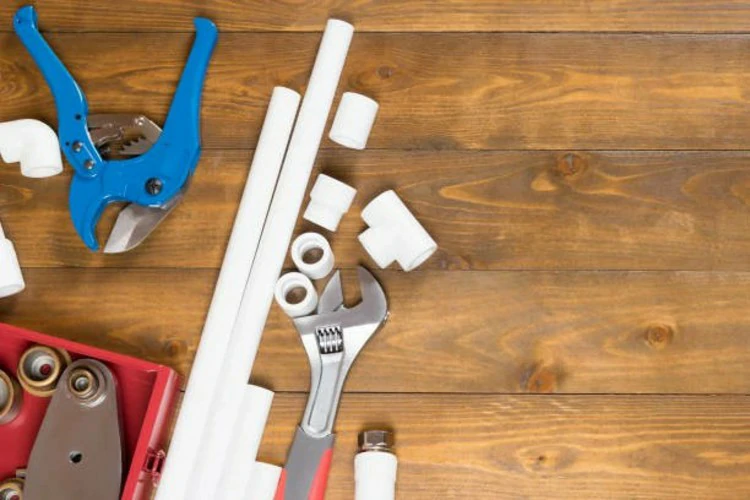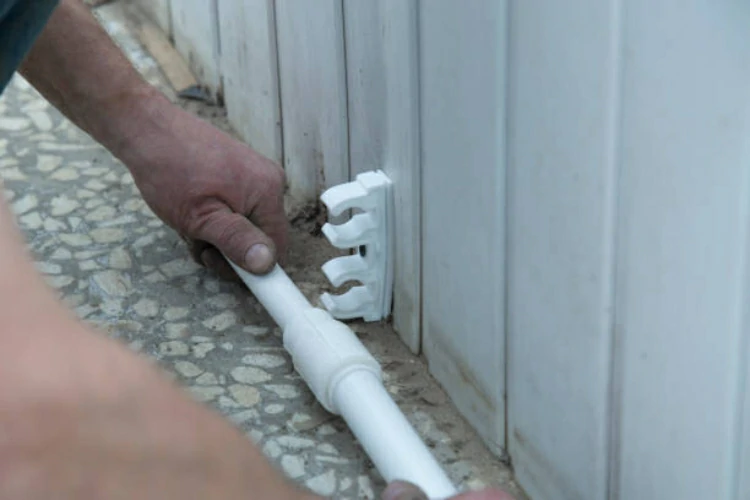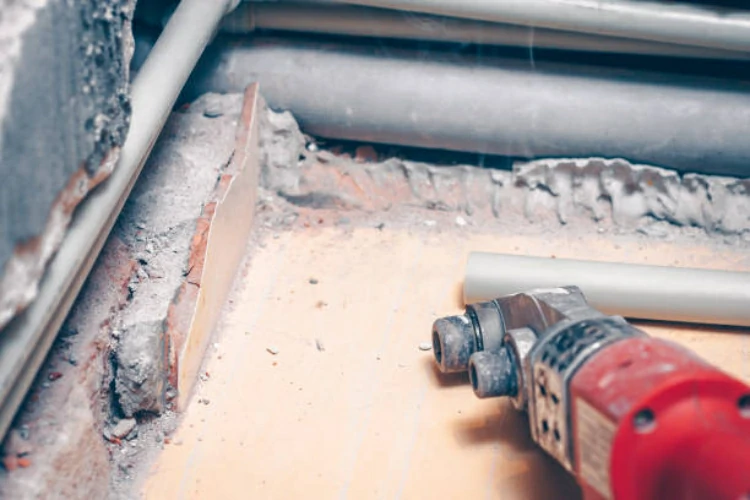Introduction:
Regular maintenance of PPR (Polypropylene Random Copolymer) pipe fittings is crucial for optimal performance, longevity, and reliability in plumbing systems. This article provides valuable insights into best practices for maintaining PPR fittings. It includes inspection, cleaning, and troubleshooting techniques to prevent issues and maximize their lifespan.
Inspection and Monitoring:
Visual Inspection:
Regular visual inspection of PPR pipe fittings is the first step in maintenance, allowing plumbers and property owners to identify any signs of damage, leaks, or deterioration. Visual inspection should be performed periodically, ideally on a quarterly basis or whenever plumbing issues are suspected.
- Look for visible cracks, fractures, or deformities in the PPR fittings, which may indicate structural weaknesses or stress points that could lead to leaks.
- Check for signs of leaks or moisture around pipe joints and connections. Also, look for discoloration or staining on the surface of the fittings, as it may indicate corrosion or chemical damage.
Pressure Testing:
In addition to visual inspection, pressure testing effectively assesses the integrity of PPR pipe fittings. It involves pressurizing the plumbing system to a set level and monitoring for pressure drops or fluctuations over time.
- Use a pressure testing pump or gauge to pressurize the plumbing system to the specified test pressure, typically between 1.5 to 2 times the maximum operating pressure.
- Monitor the pressure gauge for signs of pressure loss or fluctuations over a set period to detect leaks or defects in PPR pipe fittings requiring attention.
Cleaning and Maintenance:
Regular Cleaning:
Keeping PPR pipe fittings clean is essential for maintaining optimal performance and preventing the buildup of scale, sediment, or debris that can impede water flow and cause blockages. Regular cleaning should be performed using mild detergents or cleaning solutions and a soft-bristled brush or cloth.
- Remove any dirt, grease, or contaminants from the surface of PPR fittings using a mixture of warm water and mild detergent.
- Focus on pipe joints, connections, and internal surfaces for scale and sediment accumulation.
Lubrication and Protection:
Applying lubricants or protective coatings to PPR pipe fittings reduces friction, prevents corrosion, and extends their lifespan. Silicone-based lubricants or anti-corrosion sprays can be applied to threaded connections, valves, and moving parts for smooth operation and rust prevention.
- Apply a thin layer of silicone-based lubricant to threaded connections and valves to prevent binding and facilitate easy assembly and disassembly.
- Apply anti-corrosion sprays or coatings on PPR pipe fittings for added protection.
Troubleshooting and Repairs:
Addressing Leaks and Damage:
If leaks or damage are detected during inspection or pressure testing, prompt action is necessary to prevent further issues and minimize downtime. Depending on the severity of the problem, repairs may range from simple tightening of fittings to replacement of damaged components.
- Tighten loose fittings or connections using appropriate tools, such as wrenches or spanners, to restore leak-tightness and prevent water loss.
- Replace damaged or deteriorated PPR pipe fittings with new ones to ensure plumbing system integrity, especially in critical or high-pressure areas.
Conclusion:
Proper maintenance of PPR pipe fittings is essential for ensuring the longevity, performance, and reliability of plumbing systems. Following the best practices outlined in this guide, including regular inspection, cleaning, lubrication, and troubleshooting, helps prevent issues. It also maximizes the lifespan of PPR pipe fittings for plumbers and property owners. Proper care and maintenance ensure years of trouble-free operation and peace of mind for all stakeholders.
Contact
IFAN is a professional manufacturer with 30 years of experience, dedicated to producing high-quality plastic pipes, fittings, and valves. Our products include brass valves, PPR valves, as well as various pipes and fittings to meet different customer needs. Whether you need plumbing and drainage pipes or valve products, IFAN can provide a diverse range of high-quality, cost-effective products to support your projects. Below is our contact information.
We will reply your email or fax within 24 hours.
You can call us at any time if there is any question on our production.
For more information,pls visit our webside https://www.ifanplus.com/
Pls Mailto: [email protected]





